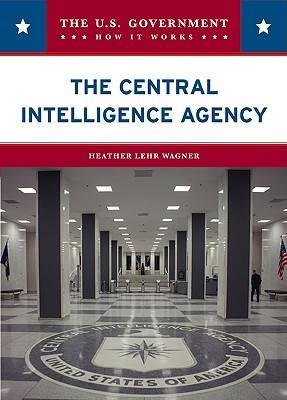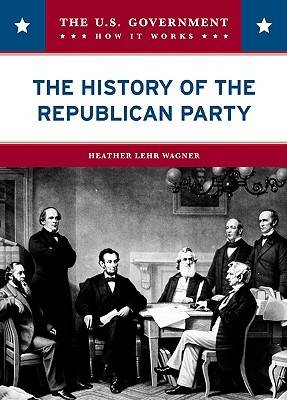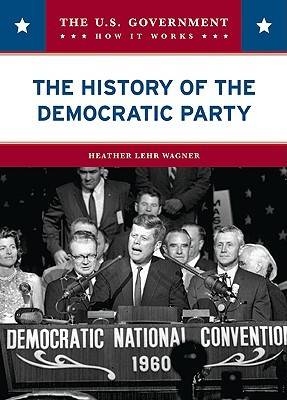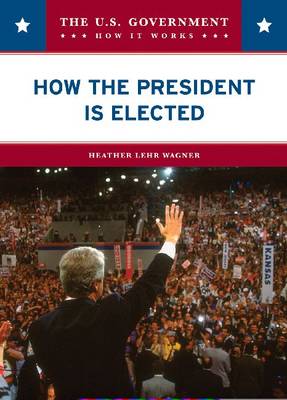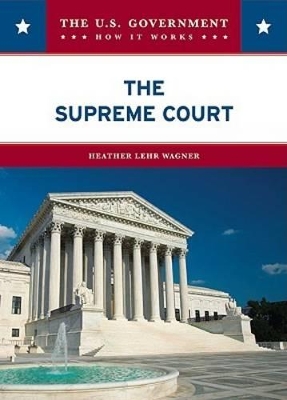U. Government: How it Works
5 total works
The headquarters of one of the world's most powerful and secretive intelligence services can be found in Langley, Virginia, about eight miles outside of downtown Washington, D.C. The Central Intelligence Agency (CIA) serves a critical role in the shaping of American policies by providing foreign intelligence related to national security issues to the U.S. president and senior U.S. policy makers. The process of gathering and analyzing intelligence involves spies and satellites, foreign agents, and researchers working at the CIA's headquarters. While the threats against the United States have changed since the CIA was founded in 1947, its mission remains the same: to provide the information that will keep Americans safe. This thrilling new title takes readers on a journey through the historical corridors of the CIA. From the days of Wild Bill Donovan and the OSS to the war against terrorism, ""The Central Intelligence Agency"" introduces some of the CIA's key players and reveals how intelligence has been a critical component in America's foreign policy.
When Abraham Lincoln was elected president in 1860, he was a member of a political party that had been founded only six years earlier: the Republican Party. In March 1854, a group of men gathered to form a political party that reflected their concerns about life in America. They were opposed to the spread of slavery, supported high taxes on imported goods, and were in favor of homesteading to help settle the rapidly expanding Western territories. Since then, the Republican Party - like the American political system - has undergone many profound changes. Offering detailed, full-color photographs; an in-depth narrative; and features such as sidebars and a glossary, ""The History of the Republican Party"" fully examines the development of this party, including its prominent figures, key events, and ideological trends.
Democrat or Republican? The two political parties have become fixtures in the American political experience, the main choices in all elections, from the national to the local level. But the choice was not always so clear. When the Democratic Party was first established by Thomas Jefferson in 1800, it was actually known as the Republican Party. Today it is the oldest political party in the United States, and among the oldest political parties in the world. The ""History of the Democratic Party"" offers students an in-depth history of this major political entity. Full-color photographs, succinct text, sidebars, and a glossary enhance this book's value and shed light on the Democratic Party's development as well as the evolution of the American political process.
The election of a president is one of the most important events in American politics. While the concept is the same, the process of electing presidents has changed considerably since George Washington became the first president of the United States: Political parties now play a key role in the election process, campaigns dramatically affect voters' impressions of the candidates, and the rise of television and the Internet has greatly increased the information available to voters. Informative and accessible, ""How the President Is Elected"" is a revealing, full-color look at what it takes to run for president, how candidates are chosen, and more.
This history of the cases that have been presented before the U.S. Supreme Court offers a nearly comprehensive account of the issues that have shaped American history: slavery, segregation, the right to vote. The words that appear above the main entrance to the Supreme Court - ""Equal Justice Under Law"" - reflect the court's responsibility to serve as the highest court in the United States. By protecting the spirit of the Constitution and interpreting it when necessary, the Court's mission is to offer all Americans the opportunity for justice. This new title deftly examines how some of the most decisive - and divisive - issues the nation has ever faced, including school prayer, the death penalty, abortion, and discrimination, have been molded by Supreme Court rulings.
